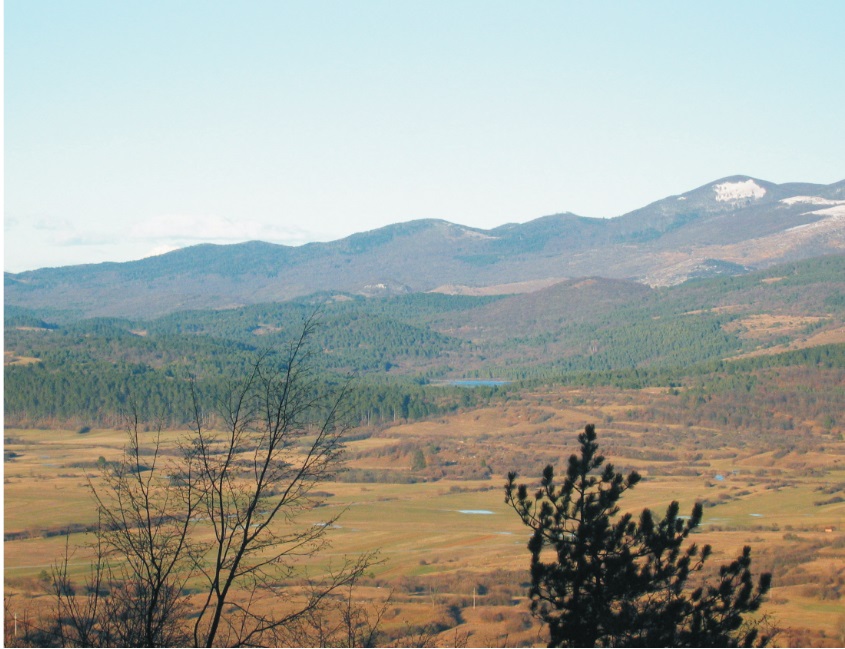Strateška lega zgornje Pivke
DOI:
https://doi.org/10.3986/ac.v34i3.309Abstract
Zgornja Pivka je že večkrat v zgodovini odigrala pomembno vlogo prav zaradi svoje strateške lege. Nazadnje se je to pokazalo po prvi svetovni vojni, ko je z uveljavitvijo Rapallske pogodbe pripadla Italiji in tako postala mejno ozemlje. Prek meje se je vzpostavil kontrabant. Čez Pivško kotlino je potekala druga linija Alpskega zidu, mogočnega obrambnega sistema, ki naj bi branil vzhodno mejo pred Jugoslavijo. Naravni prehod v smeri sever-jug, dobra preglednost nad kotlino ter dobri pogoji za oskrbo vojaških enot so bili glavni razlogi za izgradnjo utrdb na Primožu, kjer je bil hkrati komandni center za okoliške bunkerje. Za vojaške potrebe so zgradili vodne zbiralnike, ceste, mostove, smodnišnico, letališče, regulirali strugo reke Pivke in pogozdili burji izpostavljene predele. Vojska je trenirala na Petelinjskem in Palškem jezeru. Tu sta bila vojaška poligona že iz časa Avstro-Ogrske. Na jezerih je izvajala vojaške manevre tudi Jugoslovanska ljudska armada, ki je za razliko od italijanske vojske povzročila veliko večjo škodo. Dno Palškega jezera so 1990. leta sanirali in lastnikom zemljišč izplačali odškodnino, medtem ko najdemo na Petelinjskem jezeru še vedno luknje od granat, topovska gnezda in strelski jarek.
Its strategic position has given Upper Pivka (Zgornja Pivka) an important role in history on several occasions. The last of these occurred after the implementation of the Rapallo Treaty at the end of the First World War, when the area was annexed to Italy and turned into borderland. Across the border the ‘Kontrabant’ developed. Through the Pivka Basin (Pivška kotlina) ran the second line of the Alpine Wall, which was a mighty defence system build to protect Italy’s eastern border with Yugoslavia. The natural north-east passage, a good view of the valley, and good conditions for supplying military units were the main reasons for building fortifications on the Primož hill. The command centre for the nearby bunkers was also located there. For military purposes, water reservoirs, roads, bridges, a powder magazine, and an airfield were built; the bed of the Pivka river was regulated, and the parts most exposed to strong winds (“burja”) were forested. Lakes Petelinjsko jezero and Palško jezero were used as training fields by the army. The two military fields had already been in service in Austro-Hungarian times. The Yugoslav People’s Army also used the lakes for its manoeuvres and did much more damage to them than the Italian army had done previously. The bottom of Palško jezero was reconstructed in 1990, and the owners were compensated. On Petelinjsko jezero, however, bomb craters, gunnests, and a trench can still be seen.
Downloads

Downloads
Published
How to Cite
Issue
Section
License
Authors guarantee that the work is their own original creation and does not infringe any statutory or common-law copyright or any proprietary right of any third party. In case of claims by third parties, authors commit their self to defend the interests of the publisher, and shall cover any potential costs.
More in: Submission chapter




